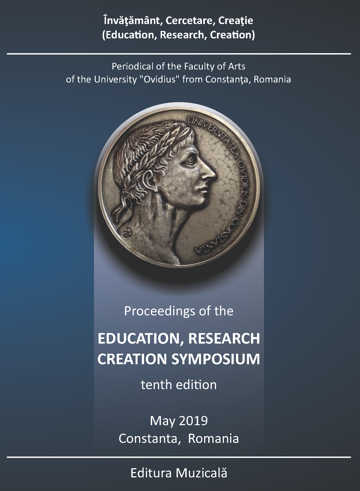Beauty and proportions of the female body in the art history
Beauty and proportions of the female body in the art history
Author(s): Lelia Rus PîrvanSubject(s): Fine Arts / Performing Arts, Visual Arts
Published by: Editura Muzicală
Keywords: divine proportion; art; artistic canon; female forms; female body; beauty;
Summary/Abstract: In the famous drawing of the man engraved in square and circle, Leonardo da Vinci created the icon image of correspondence between man and universe, based on the "divine proportion". The perfection of the universe has as its symbol the circle, and man, the small universe, enters this circle. The main research of Dürer’s work over the proportions of the human body, without beeing a tribute to Antiquity, it is a glimpse of the fundamental principles of anatomy and, namely, that of harmonizing the parts together. A human body is beautiful, whether short or tall, because beauty is the fit of the parts, and ugly is the excessive or the deviation from the norm. Also, the Greek canon was not fixed in advance, but was creative about both anthropometry and the variety of movements. The versatility with which this canon varies from one epoch to another reveals an ever-changing feminine beauty ideal linked to the aesthetics of that moment.
Journal: Învăţământ, Cercetare, Creaţie
- Issue Year: V/2019
- Issue No: 1
- Page Range: 267-270
- Page Count: 4
- Language: English

